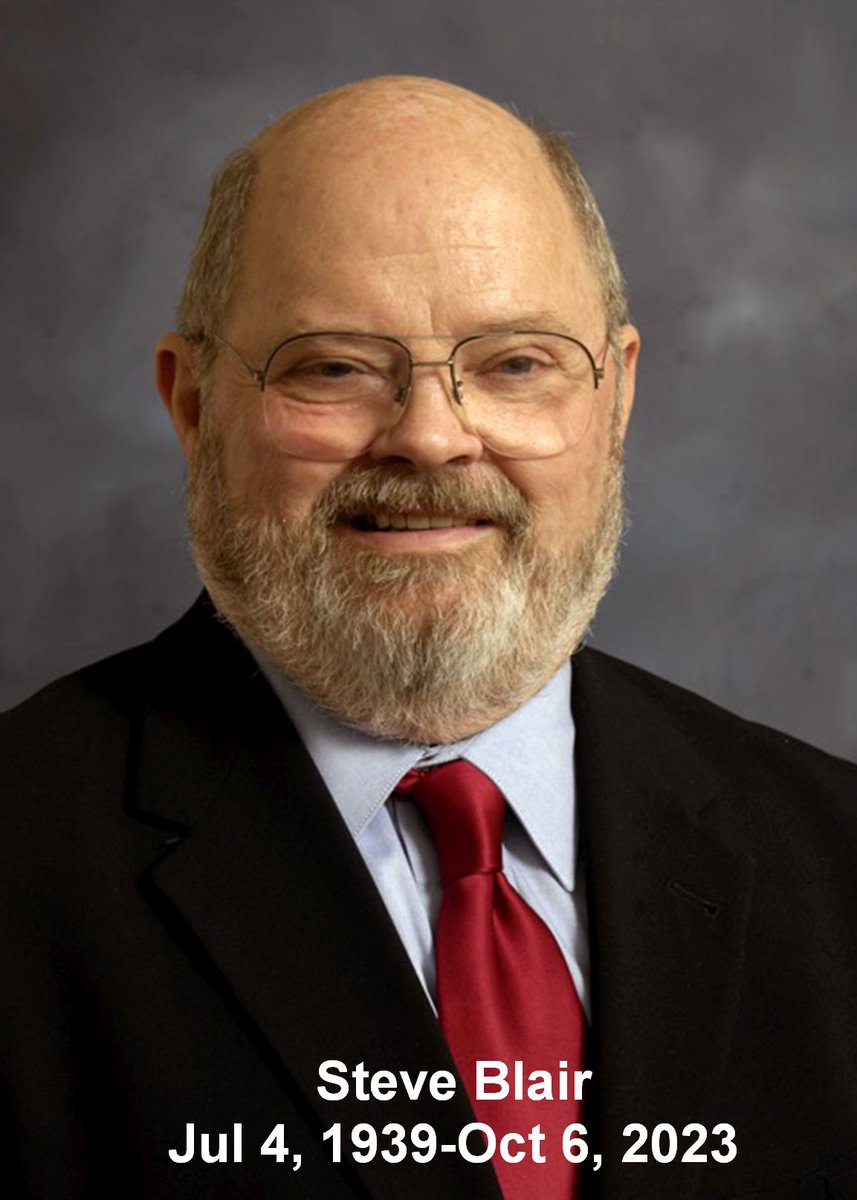Word of caution: Neologisms such as "affective attitudes," "affective judgments," and "anticipated affective responses" are certainly NOT "affective determinants of behavior." They are cognitions. As such, interventions to change them rely on information, not lived experiences. 

If you catch yourself thinking that, to change someone's "affective determinants of behavior," all you need to do is TELL someone that she or he will feel better when they exercise, please stop. And read our chapter, in which we try to clear the confusion.
doi.org/10.1093/oso/97…
doi.org/10.1093/oso/97…
Please see Kuhn: he explains that, if a paradigm is threatened by anomalies, its proponents "devise numerous articulations and ad hoc modifications" to avoid denouncing the paradigm leading them to crisis. If "affective determinants" are information-based, the paradigm can stand. 

To change "affective determinants of behavior," you MUST develop methods to change the actual lived experience of the health behavior (e.g., exercise), making the behavior feel better. Change the social and physical environment, change the behavior itself. People have bodies too! 

• • •
Missing some Tweet in this thread? You can try to
force a refresh






















